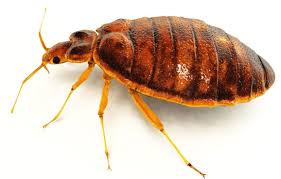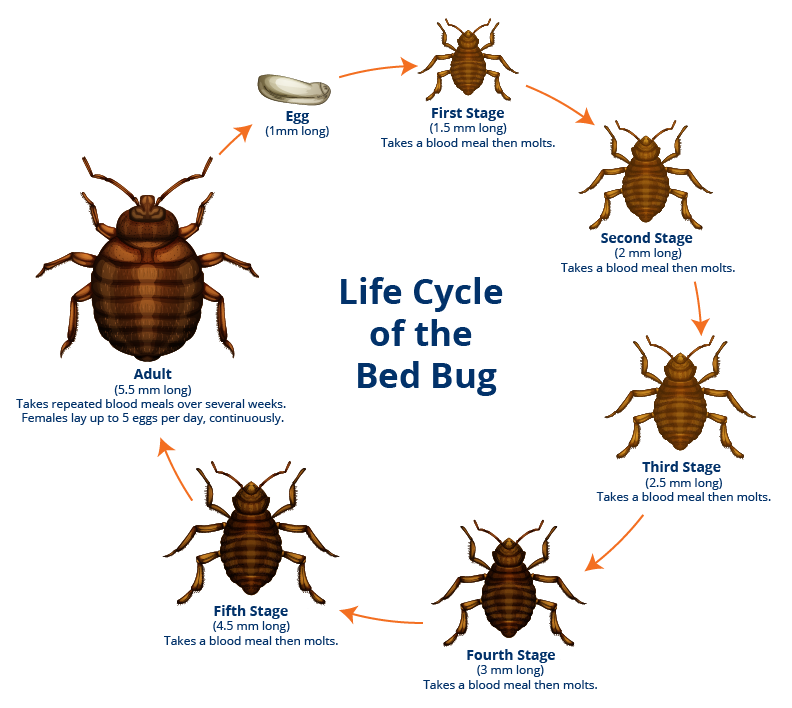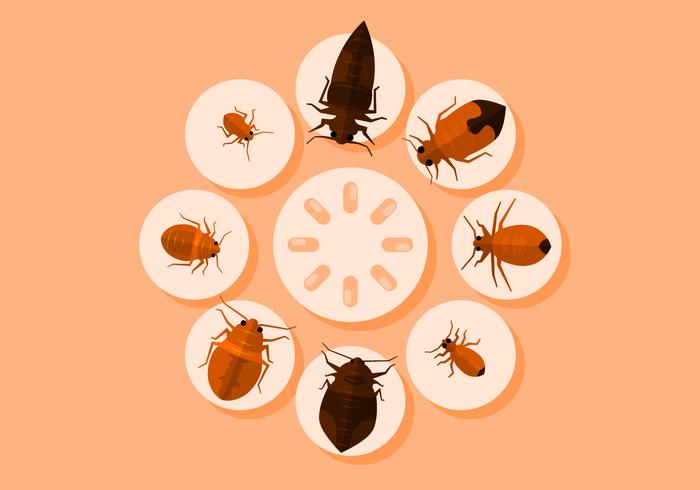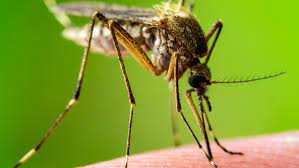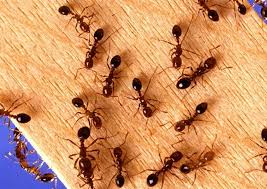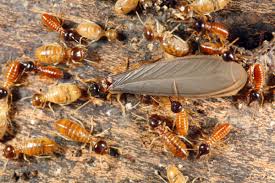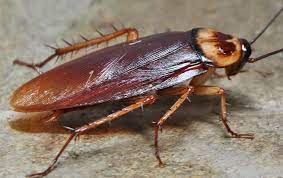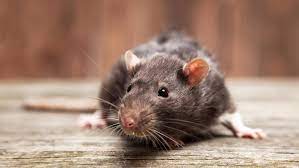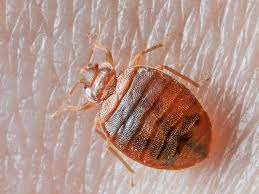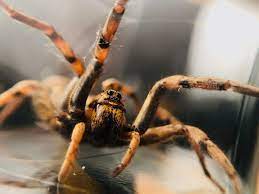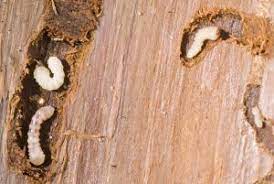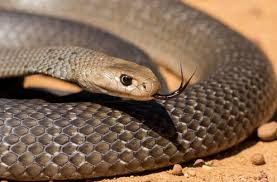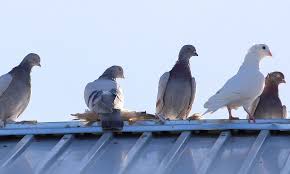Bedbugs are small, reddish-brown, and oval-shaped. The nymphs are less than 5 mm long and almost colorless and are extremely difficult to identify.
Bedbugs can produce three or more generations each year. Female bedbugs lay 200-500 eggs over their lifetimes usually two to five eggs per day, on rough surfaces such as wood or paper near their hosts’ sleeping places, resting places, or both.
These pests cover their eggs with glue-like material and the eggs hatch in 10 to 15 days at room temperature. After hatching, bed bugs eggshells frequently remain stuck in their place.
1. The Lifecycle
Bedbugs have five nymphal stages. They need at least one blood meal before molting to the next stage.
The Bedbug life cycle from an egg to an adult takes about four months, depending on the temperature and availability of blood, their food. Bed bugs grow faster with rise of temperatures.
Bed bugs can live up to 20 to 400 days without food, depending on the temperature and humidity. Older stages of bed bug nymphs can survive longer without food as compared to the younger ones, and adults can survive without food for more than 400 days in a laboratory at low temperatures. Adult bed bugs may live up to one year or more.
2.What Attracts bed bugs?
Bed bugs are attracted to heat and carbon monoxide from the human breath. The senses of the bed bugs helps them to find the blood vessels closest to the surface of the skin.
3.How do bed bugs find their way to our homes?
Untidiness and the presence of bed bugs has no co-relation. You can find bed bugs in clean hotel beds too as, they might have gotten transported with the luggage or bags of travelers.
People may pick up bed bugs in theaters or on buses and trains or by bringing infested clothing, bedding, furniture, and luggage into their home.

